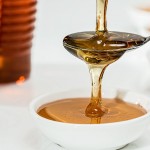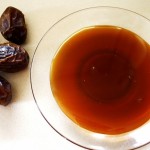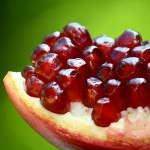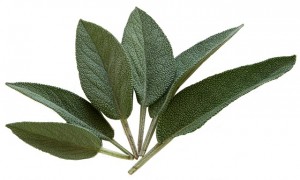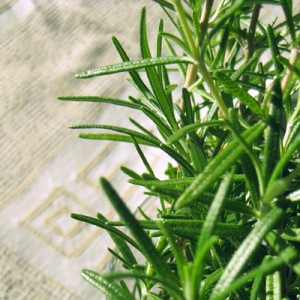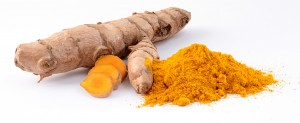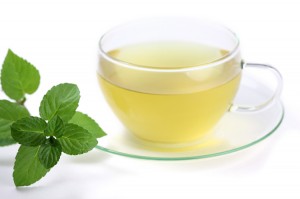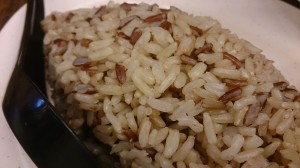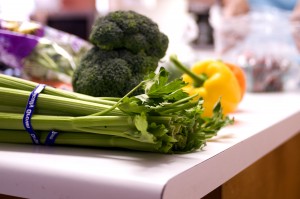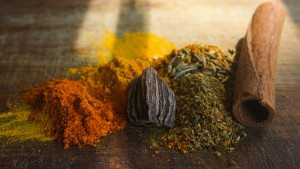Practicing good health and nutrition during the month of Ramadan is extremely important in terms of prosperity. If done correctly, fasting can be highly beneficial, not just physically, but mentally and spiritually as well. Some of the physiological perks of fasting include weight loss, bodily cleansing, and disease prevention. Fasting aids in mental health by helping us build self-control and also empathy for those who are less fortunate. And lastly, fasting provides many spiritual benefits such as bringing us closer to Allah (swt), earning forgiveness and receiving rewards for our good actions. Observing a healthful Ramadan through proper nutrition, self-restraint, and moderation is a sure way to get the most out of this month.
Here are some tips to staying healthy during Ramadan:
Eat Suhoor.
“And eat and drink until the white thread (of light) of dawn appears to you distinct from the black thread (darkness of night)” [Holy Qur’an, 2:187].
Suhoor, may be the most important meal during this blessed month, maybe even more so than Iftar. Prophet Muhammad (saw) advised us to eat Suhoor and said, “Eat Suhoor; indeed there is a blessing in Suhoor.” [Al-Bukhari and Muslim]. Eating the pre-dawn meal helps to ease the process of fasting as it provides us with more strength and energy throughout the day. It also helps to ease hunger and thirst. Allah (swt) does not want to burden us. Therefore, making the fast easier for ourselves by eating Suhoor is pleasing to our Maker.
Consume well-balanced meals.
“Eat of the good things which we have provided for you” [Holy Qur’an, 2:173].
The meals eaten during Ramadan should not differ too much from a normal diet. Certainly, if you are only eating two meals a day (Suhoor and Iftar) it is quite alright to add a little more food to the plate than you ordinarily would in order to ensure an adequate caloric intake for the month. This does not, however, mean that you shouldn’t take care as to what goes on the plate. Meals should be well-balanced and should contain foods from each of the major food groups; protein, carbohydrates, fruits and vegetables, and healthy fats.
Lean proteins such as chicken and turkey breast and leaner versions of beef and lamb are better than fattier meats in terms of maintaining weight. Complex carbohydrates, which can be found in foods like wheat, grains, oats, beans, and brown rice, are great to eat during Suhoor as they are broken down more slowly by the body causing a slow release of energy that will last throughout the day. It is best to stay away from simple carbohydrates like white bread, sugars and candy. These are OK to have once in a while, but in moderation. Fiber-rich foods are also great for boosting energy during the day. Many complex carbohydrates are rich in fiber, along with fruits and green vegetables! Healthy fats will also keep us feeling full longer so try to have about 1 serving of healthy fats with each meal. Good fats come from foods like nuts, seeds, all natural nut spreads, olive oil and avocados.
Having simple, proper-portioned, and well-balanced meals during Ramadan will help to aid in weight loss/maintenance, and will help keep you feeling more energized, fuller and healthier throughout the days.
Practice moderation
“Eat and drink, but be not excessive. Indeed, He does not like those who commit excess” [Holy Qur’an, 7:31].
We’ve already talked about what to eat, now it’s time to talk about how to eat. Many people actually gain weight during the month of Ramadan, simple because they are eating more than is necessary during the Pre-dawn and dusk meals. Fasting actually slows down our metabolism so it is imperative to be cautious in what and how we are eating. Through practicing moderation we can take advantage of the wonderful opportunity to trim down during this month.
There are a few sure things you can do to ensure you are eating the proper amount of food. First, don’t overload your plate when breaking fast. The famous saying “your eyes are bigger than your stomach,” certainly holds true during Iftar. Put a smaller amount of food on your plate and know that you can always go back for more. Second, eat slowly. Sometimes we eat so fast that we don’t realize we are full until we are done, which leads to becoming overly full. Take a breath in between chewing and allow you body time to digest. Lastly, drink plenty of water or fluids in between bites. Drinking a lot of fluids will keep you hydrated and fill you up faster.
Stay hydrated.
“It is He Who sends down water from the sky. From it you drink and from it come the shrubs among which you graze your herds” [Holy Qur’an, 16:10].
Dehydration is a common problem among those who are fasting. In order to stay hydrated and avoid extreme thirst throughout the day, stick to water as your drink of choice. Not only is water better for hydration, but breaking fast with sodas or juices is an easy way to put on weight. Try to drink 16 ounces of water with each Suhoor and Iftar. It is also a good idea to carry a water bottle around with you to sip on during taraweeh prayers or throughout the night until it’s time for Suhoor again. Choose to eat a lot of fresh fruit and certain vegetables like cucumbers, peppers and spinach, as these foods contain high water content. Remember that water plays a significant role in weight loss and maintenance and helps to reduce hunger, so drink up!
Get active.
There is no reason you have to set your workouts aside for the month of Ramadan. Getting active can actually aid in providing you with more energy and focus throughout the day. The key is not over-doing it. Switch your routine to something much lighter. Great workouts to engage in during Ramadan are yoga and stretching, short walks, light jogs, easy bike rides, or mild weight lifting. If you are working out during the day, try to exercise as early as possible. You will have more energy to feed off of after you eat Suhoor. If you want to get your exercise in after you break your fast, be sure to wait about 1.5-2 hours after eating Iftar. Always remember to listen to your body and rest when you need to.
Sleep well.
“And We made your sleep a means of rest” [Holy Qur’an, 78:9].
We all know that this is easier said than done, especially during Ramadan. With early morning and late night prayers it seems almost impossible to get enough sleep. However, getting sufficient sleep is so important for our health and well-being, and Allah (swt) gave it to us for a reason. Try to get as much sleep as possible at night, and set aside a time to nap during the day if your schedule permits. This will help lessen the feelings of fatigue and lethargy that we are all familiar with during this month.
Incorporating health and nutrition into your Ramadan routine can make a world of difference in the way you think, feel, and worship. There is no better way to thank Allah (swt) for this blessed month than to approach it with a commitment to take better care of our bodies. The end of Ramadan is nearing rather quickly, so start from today. Be aware of your health and how you are treating your body.



